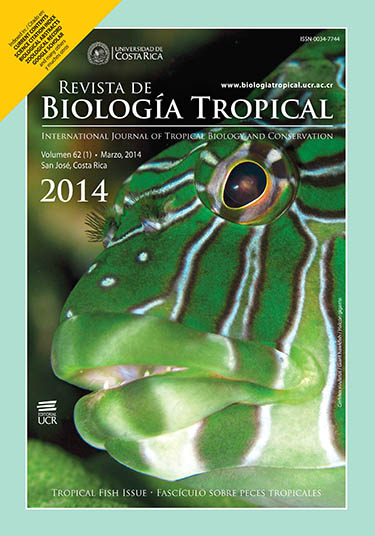Abstract
The tropical forest fragmentation is known to affect the spatial structure of the landscape and habitat. These alterations can modify the attributes of bat assemblages, however, this phenomenon has been little studied and understood. In this work we evaluated the structure of landscape (i.e. composition and configuration) and vegetation, and its relationship with assemblage- and population-level characteristics of phyllostomid bats in a tropical rainforest of Southeastern Mexico. For this, we previously selected 12 sites located in continuous and fragmented forests, where bats were captured using mist nets during a two years sampling effort (144 nights). Bats relative abundance, species richness (diversity of order 0, 0D), Shannon diversity index (1D) and Simpson index (2D) were evaluated in all sites, and their relationship with seven measures of landscape structure and seven measures of vegetation structure was described using a Hierarchical Partitioning Analysis. A total of 1 840 individuals of 29 species of phyllostomid bats were captured in this period. Differences in the assemblages were manifested only in the relative abundance and not in the richness of the species. The assemblages of fragmented forest exhibited greater variation in species composition and a greater abundance of frugivorous and nectarivorous bats in comparison with the assemblages of continuous forest. The landscape configuration was related to the assemblage- and population-level attributes, contrasting with previous studies where the composition was a key element. At habitat level, tree density and canopy cover determined the abundance of bats. Nectarivorous and frugivorous bats were mostly found in disturbed vegetation landscapes, primarily due to landscape configuration (e.g. edge density). This phenomenon could be a response to the availability of food in primary and intermediate successional stages, which are characterized by an abundance of food value.##plugins.facebook.comentarios##
Downloads
Download data is not yet available.


